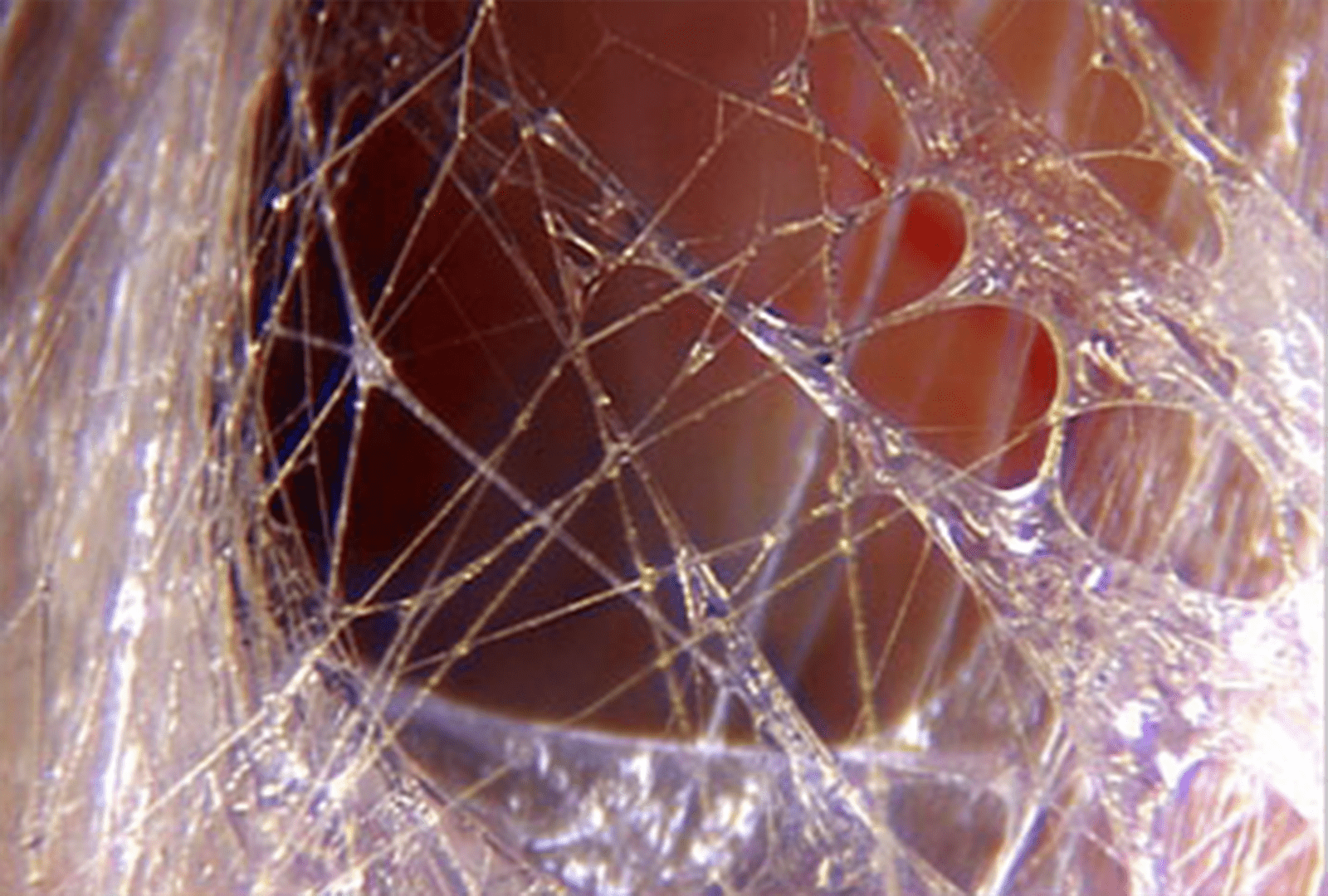
Fascia – the miracle organ
Have you ever wondered what are those white lines running through your steak? That is the fascia. A connective tissue structure that runs everywhere in your body. This tissue is responsible for the stability of your body and facilitates fluid and nutrient exchange within the body. It also gives shape to the body and runs around your organs, muscles, and bones and facilitates neurologic communication in the body.
Because the fascia is such a complex thing it is impossible to provide an accurate definition of it. It’s kind of like the membrane around each section of an orange which acts as a layer of protection around muscles, organs, and other structures. It is one continuous web that runs through our entire body, head to toe, without interruption. Because of this connection, pain or discomfort in one area of the body can be due to issues with the fascia in another.
What is fascia?
According to Schleip, a German fascia researcher, the fascia is a sheet or any other dissectible aggregation of connective tissue that forms beneath the skin to attach, enclose and separate muscles and other organs. Other fascia researchers call the fascia an organ that has unimaginable influences at the level of the entire body.
Thomas W. Myers, the author of “Anatomy trains”, writes in his book, “Whatever else they may be doing individually, muscles also influence functionally integrated body-wide continuities within the fascial webbing. These sheets and lines follow the warp and weft of the body’s connective tissue fabric, forming traceable meridians of the fascia. Stability, strain, tension, fixation, resilience, and – most pertinent to this text – postural compensation, are all distributed via these lines.”
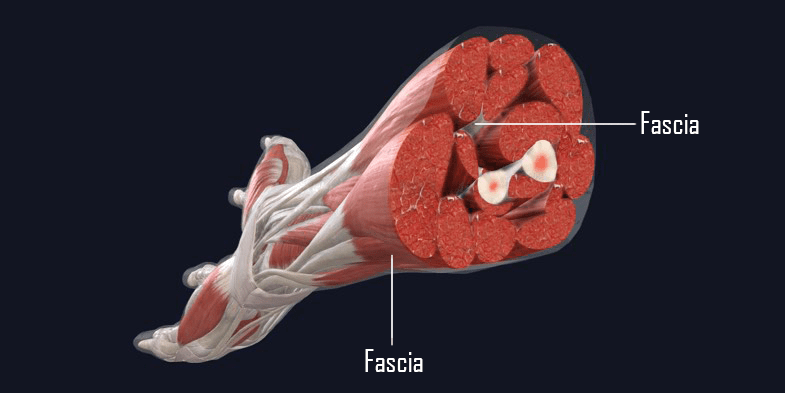
What role does it play in your body?
The fascia system plays a key role in rehabilitation and exercise. Trying to address any health-related problem without understanding anything about this fascinating system is simply impossible. The body isn’t a stack of bricks as it was originally believed until now. It turns out the body floats in space through something called tensegrity and that changes everything.
Furthermore, Thomas W. Myers writes in his book, “While everyone learns something about bones and muscles, the origin and disposition of the fascinating fascial net that unites them are less widely understood. Although this situation is changing rapidly as increased research broadens our knowledge, the vast majority of the public – and even most therapists and athletes – still base their thinking about their structure and movement on the limited idea that there are individual muscles that attach to bones that move us around via mechanical leverage.”
As Schultz and Feitis put it: “The muscle-bone concept presented in the standard anatomical description gives a purely mechanical model of movement. It separates movement into discrete functions, failing to give a picture of the seamless integration seen in a living body. When one part moves, the body as a whole responds. Functionally, the only tissue that can mediate such responsiveness is the connective tissue.”
There are multiple layers that envelop the human body and it starts with the skin. We then have the superficial layer of the fascia and then there is a deeper layer of fascia. The superficial layer which is to be found under the skin gives stability through tension and flexibility through the ability to lengthen and return to its original position. This plays a key role in shaping and protecting the body. Whenever someone goes through long periods of inactivity or moves in a way that creates imbalances in the body, the entire structural integrity of the fascia can become compromised.
The fascia has 4 main functions:
- Shapes the body (provides structure and shape. It works as a barrier, surrounding, cushioning, and protecting the body from any dangerous agents entering it
- Facilitates movement (fascia plays a key role in the level of muscle tension that is necessary for movement)
- Nourishes the body (Fascia plays a key role in the exchange of vital nutrients between different areas of the body but also facilitates the elimination of toxins through the lymphatic system)
- Facilitates neurologic communication (Over 80% of all nerve endings are to be found in the fascia. The sensory and mechanical receptors found between the superficial and the deeper layers of fascia provide the basis for neurologic communication in the body. These receptors play a key role in the levels of pain we experience, contraction of certain muscles and body awareness at various levels)
A significant part of these receptors is strongly connected with the autonomic nervous system. This provides the body with tension and holds the entire structure together. Without the fascia, the cells that form your organs, water, muscles, tendons, ligaments, and bones would be just a pile of “stuff” laying on the floor. What holds everything together is the fascia.
What happens when the fascia is damaged?
Fascia is made from 70-80% of water and it is extremely flexible and can resist a lot of force. The younger we are the more flexible our fascia is, generally speaking. Unhealthy or damaged fascia becomes more fibrous, less fluid, and reactive to the body’s needs. These damaged fascia fibers are known as myofibroblasts – they create stiffness, inflammation and pain.
The myofibroblasts make up the fascia in the damaged area. Since these fibers are larger and thicker, water and fluid flow through with more resistance, in turn limiting movement. When the fascia becomes damaged, it can become dehydrated and therefore adhesions and chronic tension can occur.
This tension doesn’t show up on x-rays or MRI scans. It is believed to be of significant importance in the development of many modern illnesses. Some of these illnesses did not have any explanation or were misunderstood until now. If the pain is ignored or numbed with pain killers, the tension can lead to joint degeneration and chronic inflammation over time. Say hello to arthritis and other degenerative diseases.
Pain, tension, instability, joint degenerations, headaches, and many other problems have a significant connection to the fascia. Even the way we retain water in the body is considered to be influenced by the fascia. To hydrate your body, it doesn’t matter how much water you drink. It only matters how much water can reach your tissues. That is highly influenced by the state of your fascia. It means that even though you might be drinking a lot of water only a certain portion of it reaches the tissues of your body. Having said that, when your fascia is dysfunctional your cells begin to dry out and you may age faster.
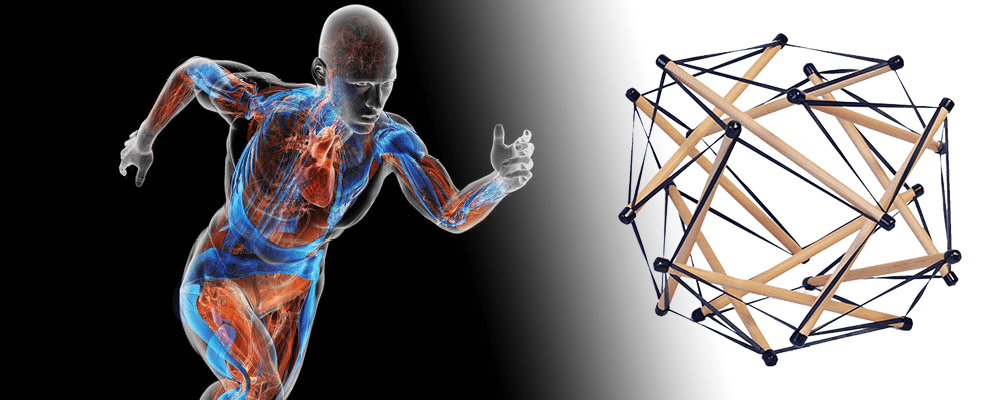
Is there a connection with your posture?
Poor posture is also highly connected to your fascia. It turns out that what determines your posture and the stability of your body isn’t necessarily muscle strength. It is the integrity of the fascia that holds your body straight. Strength training definitely plays a role too because every type of training automatically trains the fascia as well but the size of your muscles has literally nothing to do with your posture. What determines the integrity of your posture is something called tensegrity.
Tensegrity – is defined as the characteristic property of a stable three-dimensional structure consisting of members under tension that are contiguous and members under compression that are not. Meaning, if one piece of the fascia fails, the structure would lose its rigidity.
In the body, the bones or skeletal system act as the struts. The muscles, ligaments, and tendons are the tension components of the model. If the body is balanced and functioning properly, the body will be in equilibrium. The body will have a balance between the compressive and tensile structures.
What therapists, osteopaths, and chiropractors might have called “joint misalignment” until now is clearly not driven by bones that slip out of place how it was originally thought. These things seem to be triggered by the dysfunctional fascia pulling the bones into different directions and creating the joint misalignments.
The science of it is very young and there is new research coming out every single day. As much as I try to be as accurate as possible with all the information that I provide here, it is such a new domain that the validity of this content must constantly be reviewed and updated as science advances.
All in all, we can safely say by now that the fascia is so complex and it has so many implications in human health and well being that it is hard to even imagine how fields like rehabilitation and medicine have been able to function for so long with such little understanding of it.

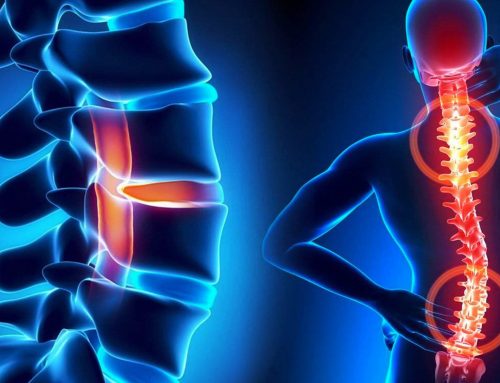

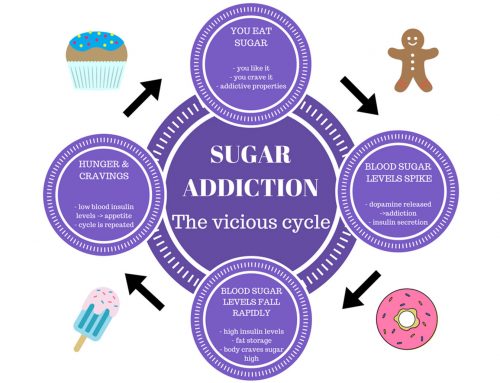
Great insights on the fascia and it’s influence in the human body. It would be interesting to see how this area progresses over time and how this will influence the future of sports and rehabilitation.
Keep up the great work!
[…] Fascia is not a new discovery in the anatomy field but it is a part of the human body that has long been neglected in the rehabilitation and fitness industries. It plays a major role in our body, our perception, our mobility, our sense of well-being and especially in the rehabilitation of pain and prevention of injuries. […]
[…] skeleton is one unit when in fact it is a series of individual bones that are floating inside the fascia tissue. This is the concept of tensegrity – the new model for human […]
Ho to make the fascia to absorb more water and to became more hydrated? I heard that simple stretching exercises , elongations make fascia retain more water. It is correct?
I am an acupuncturist and this subject is very interesting but also very new for me.
Thank you D.D.